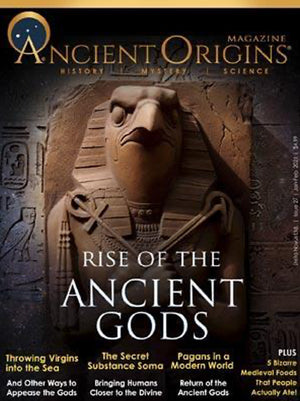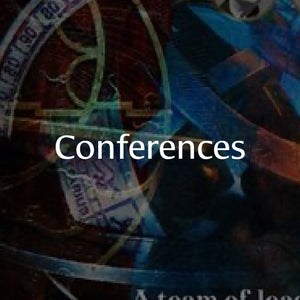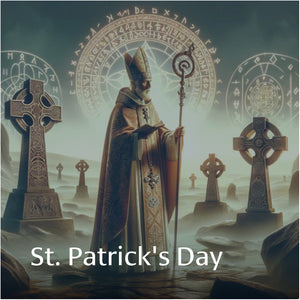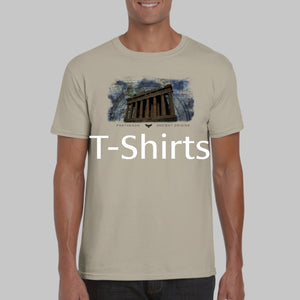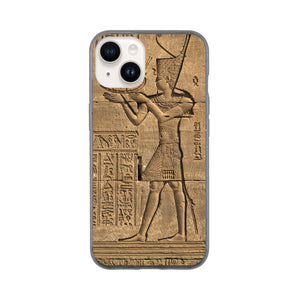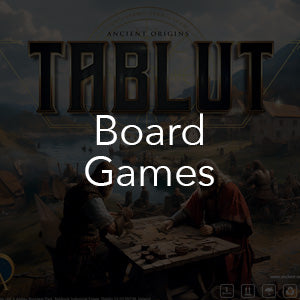
The Lion-man, the Sphinx and the Leopard Shrine
- Regular price
- $17.00
- Sale price
- $17.00
- Regular price
-
- Unit price
- per
-
Product Information
What connects the 40,000-year old Lion-man of Hohlenstein Stadel Cave, Germany, the great Sphinx of Giza, Egypt, and the leopard shrines of ancient Catalhoyuk, circa 7,000 BC, in southern Turkey?
Are these great artworks, each in the form of a feline, connected by an ancient zodiac?
It is now known beyond any reasonable doubt that our ancestors, going back over 40,000 years, were excellent astronomers. They invented the constellations that we still use today, gave them names and animal symbols, and invented an astronomical mythology to explain their existence. They watched the skies for millennia, noticing how the stars’ positions gradually changed with the slow process of precession. Although we now know the great feline symbol as the constellation Leo, in Palaeolithic cave art and at Catalhoyuk it instead appears to represent Cancer.
Thus, the 40,000-year old Lion-man represents Cancer on the Winter solstice around 38,000 BC, and the Catalhoyuk leopard shrines probably represent Cancer on the Spring equinox around 7,000 BC.
But what of the Great Sphinx? What does it represent, and exactly how old is it?
In this webinar Martin Sweatman explains how the latest scientific evidence points towards an early Neolithic origin of the Sphinx, meaning that while people at Catalhoyuk prayed in front of their leopard shrines, a lost ancient Egyptian civilization performed their ceremonies under the nose of the Great Sphinx, which was then either a leopard or a lion.
Dr. Martin Sweatman is a scientist at the University of Edinburgh and a Fellow of the Royal Society of Chemistry. His research, which involves statistical analysis of the motion of atoms and molecules to understand the properties of matter, has helped him to solve one of the greatest puzzles on Earth - the meaning of ancient artworks stretching back over 40,000 years. He is the author of Prehistory Decoded.


